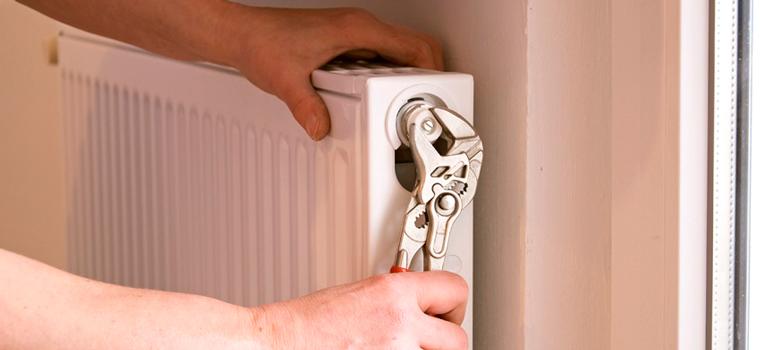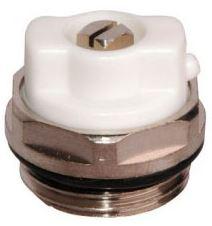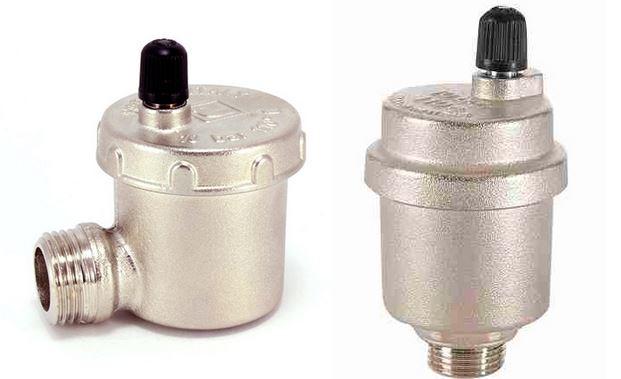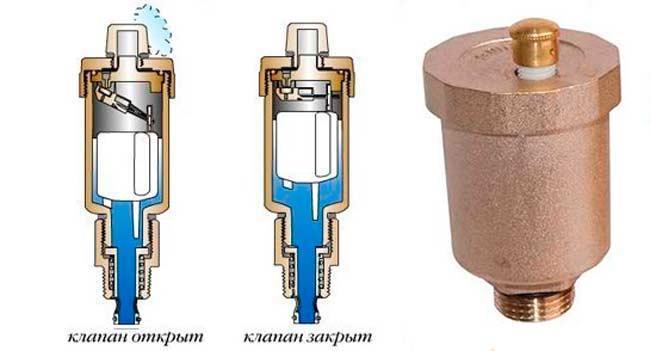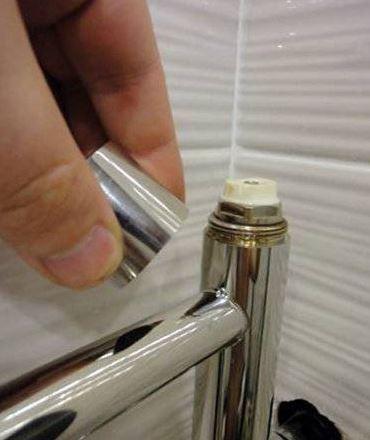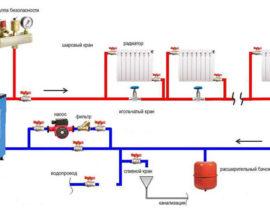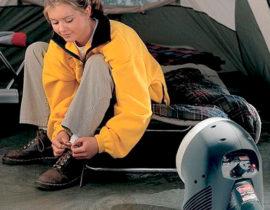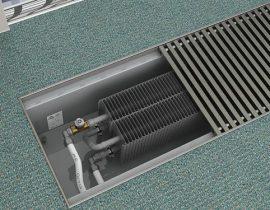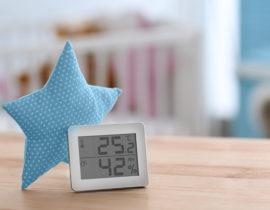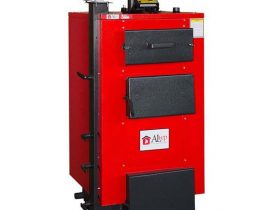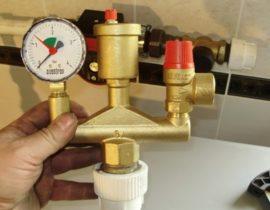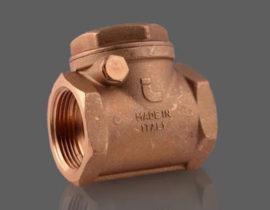One of the reasons for the inefficient operation of water heating systems, the decrease in the temperature of radiators and, as a result, the air in the premises, is the formation of air pockets.
Because of the so-called. “airing” makes it difficult or even impossible for the circulation of the coolant in the system or its individual sections, the filling of lines and radiators worsens, and heat transfer indicators fall. To combat this phenomenon, air vents are used, in particular, Mayevsky cranes.
Content
The design and principle of operation of the Mayevsky crane
The device was named after the inventor Ch.B Mayevsky. Its design with a needle valve and a small diameter outlet, which makes it difficult to draw water from the heating system, was already introduced in 1933.
Up to this point, ball or valve valves were used, as a rule, to remove air from radiators and pipes of heating systems. Such valves made it possible to drain from the highways  significant amounts of hot water.
significant amounts of hot water.
The situation is unacceptable because:
- The coolant in heating systems does not meet the sanitary standards established for water used for domestic needs.
- Its significant losses increase the load on the equipment of boiler houses, force the coolant to be added to the system, which increases the heating time to the standard temperature and increased fuel consumption.
To exclude water intake and effectively remove air from pipes and radiators, the simplest mechanical design was proposed, which includes:
- Housing with external thread, which allows it to be screwed into a pipe or in place of a radiator plug. The housing has 2 holes of small (1.5-2mm) diameter - inlet (calibration) and outlet, located at an angle to each other and communicating, which ensures unhindered air outlet. The inlet communicates with the internal cavities of radiators or heating mains, the outlet is designed to exhaust air into the external environment.
- Shut-off needle valve on a screw stem (shut-off screw). In the closed state, it blocks the calibration and outlet opening, in the open state, it frees up the air outlet channel.
Since the diameters of the calibration and outlet holes are quite small, using a Mayevsky crane, you can remove air pocket, but the extraction of water from the system is practically unrealizable.
The name "Mayevsky's crane" today has become well-known. However, it has not found official application in the technical documentation. In GOST, SNIP and special and educational literature, the rather long name "radiator needle air valve" is used.
To remove an air lock, the user:
 Loosen the locking screw.
Loosen the locking screw.- The needle valve opens a channel between the inlet and outlet.
- The pressurized air accumulated in the radiators exits through the calibration and exhaust ports.
- After the air is released into the channel, the coolant begins to be squeezed out.
- The user tightens the locking screw.
- The needle valve closes the calibration and outlet ports.
Varieties of designs
Today, manufacturers produce several modifications of Mayevsky cranes. The differences between them are in the needle valve control options, the materials used and some specific design features.
Mechanical hand taps
They are used in apartments, private houses, office and industrial buildings. Suitable for both autonomous heating systems and district heating. The design of just such a crane is discussed above.
In a mechanical manual faucet, in order to bleed air, it is enough to turn the shut-off screw half or full, less often 2-3 turns counterclockwise.
To unlock and lock the valve, the free end of the locking screw is performed:
- With a slot for using a locksmith's screwdriver.
- With square head.
- With a combination head designed for both wrench and screwdriver.
- With wing handle or lever.
Automatic taps
As a rule, they are used as air vents on the mains of heating systems. The needle valve remains the actuator of such a device, but it is controlled using a float assembly.
In the absence of air in the chamber, the float is in the upper position and, through a system of levers, ensures that the valve is locked.
When air appears in the chamber, the pressure and level of the liquid (float sensor) decrease, which leads to the unlocking of the needle valve and the release of air.
Float automatic valves are sensitive to the composition (purity) of the coolant, therefore, they are rarely used in district heating systems. The main area for them is the heating systems of private houses and apartment buildings with autonomous boiler houses.
Automatic taps with safety valve
In addition to the functions of an air vent, such devices take on the function of protecting elements of heating systems from pressure increase (water hammer).
Such fittings are used in systems where other water hammers are a frequent occurrence, or in cases where the equipment is highly sensitive to it (for example, in heating circuits and on the mains of their polyethylene pipe).
Materials and design features
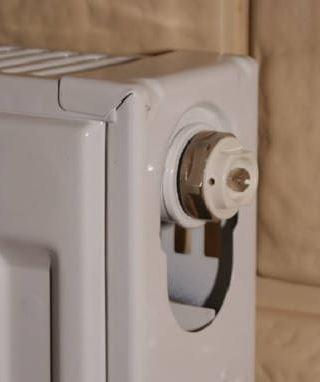 The following requirements are imposed on Mayevsky crane bodies:
The following requirements are imposed on Mayevsky crane bodies:
- mechanical strength for work in systems with a high level of pressure;
- corrosion resistance under the influence of moisture, high temperatures and aggressive chemistry, which is present in the composition of the coolant.
Accordingly, they are usually made of brass or stainless steel. The most commonly used valve is stainless steel.
On the valve bodies, an external pipe thread is cut (according to GOST and international standards) 1/4, 1/2, 1 inch.
Some features have taps for installation in cast iron radiators. They are made with a small diameter body and threads with a metric pitch. Such is, for example, the MS140 crane manufactured in accordance with GOST 9544-93.
Installation of Mayevsky cranes
Mayevsky cranes use:
- In autonomous heating systems of a closed type.
- On radiators and other heating devices (for example, heated towel rails) horizontal (two-pipe) central heating system.
- On top floor radiators in vertical systems of multi-storey buildings
- In any place of any heat supply systems, where the formation of air locks is possible.
Most often, Mayevsky cranes are installed in buildings and apartments with autonomous heating systems.
With district heating, they are used much less frequently for a number of reasons:
 Interruptions in the supply of heated coolant. As a result, the formation of air congestion is becoming a common occurrence, and it is quite difficult to get rid of them only with the help of Mayevsky cranes.
Interruptions in the supply of heated coolant. As a result, the formation of air congestion is becoming a common occurrence, and it is quite difficult to get rid of them only with the help of Mayevsky cranes.- Coolant contamination. A significant amount of mechanical impurities clog the calibration and outlet holes. The faucet requires regular cleaning, which makes it uncomfortable to use.
- Frequent water hammer. They are also associated with interruptions in the system.
As a rule, in central heating systems, automatic air vents with automatic control are used, installed on the mains.
The installation of Mayevsky cranes in open systems is not justified. In their circuits, the functions of removing air are taken over by expansion tank.
Installation of Mayevsky cranes
The design of the Mayevsky crane provides simple installation that any home master can handle.
In this case, you should follow some recommendations:
- Mayevsky cranes are installed during the installation of the system. If the system is already in operation, it is better to install the devices in the off-season, when there is no coolant in the lines and radiators. During the heating season, it is also possible to mount taps.To do this, turn off the coolant supply to the radiator and drain up to 1/3 of the liquid from it.
- Air vents are mounted at the highest points of the heating system, on all radiators and heated towel rails.
- Mount the taps in the upper holes of the radiators.
For installation, a hole is selected in the radiator, from the side opposite to the place of entry of the heating main. This rule is fulfilled regardless of the connection of the pipe - upper or lower.
To install the Mayevsky crane in the radiator, it is enough to perform only 2 steps:
- Unscrew the cap (cap) of the radiator.
- Screw an air vent with the appropriate diameter into the hole.
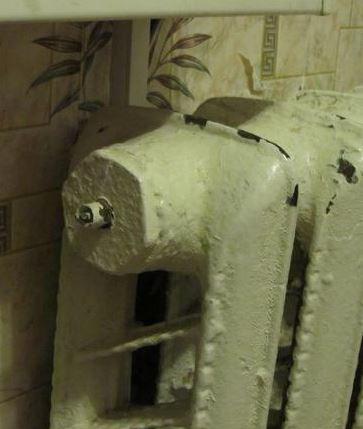 The design of the Mayevsky crane provides for sealing gaskets, so it does not require additional seals during installation. If desired, technical linen or fum tape can be applied to the thread.
The design of the Mayevsky crane provides for sealing gaskets, so it does not require additional seals during installation. If desired, technical linen or fum tape can be applied to the thread.
When installing on cast iron radiators, you will have to:
- Unscrew the plug.
- Drill a hole in it for threading.
- Cut the thread with a tap.
- Screw in the plug.
- Install the Mayevsky crane.
An important condition for installing a faucet is the correct location of the outlet. It needs to be oriented down or at least turned away from the wall
When mounted on heated towel rails, the air vent is installed in a tee.
Often asked
The best option would be a valve in a stainless steel case, then an aluminum-copper electrochemical pair will not form.
It is desirable to provide an air vent in any heating system.
In such a system, it is quite possible to do without it.
Initially, the installation of this equipment on a tee is not performed. It is necessary to disconnect the device from the system, install a tee, mount an air vent and connect a heated towel rail.
Removing the air lock from the radiators will significantly increase the efficiency of the heating system. The Mayevsky crane, easy to install and operate, will definitely help here.
Video review of how the Mayevsky crane works

